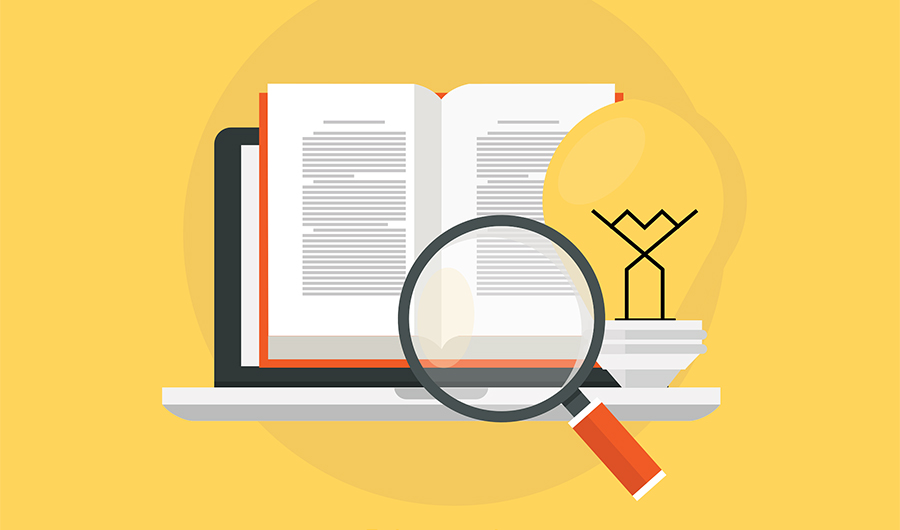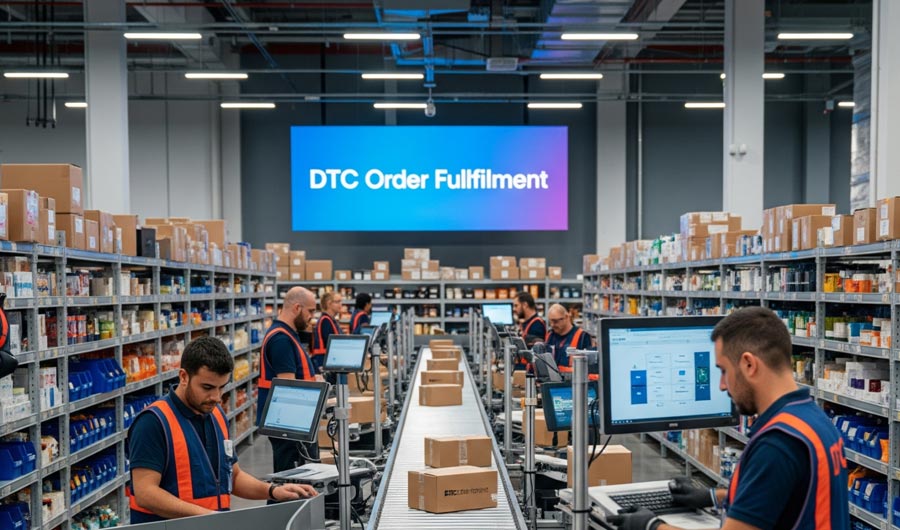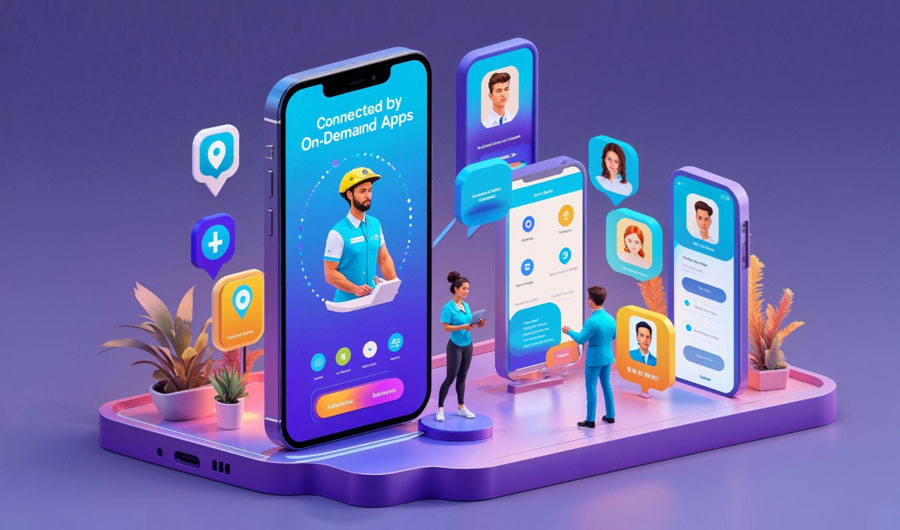
Best Practices and Tips for Designing Educational Websites
Building an educational website is a major step towards showcasing your institution’s online presence. Your website can attract potential students, showcase your courses, and showcase your design.
When it comes to educational website design, there are various factors to look out for. A web design for education web is like designing a layout under which it functions. You must ensure it is appealing to your audience, showcases required information, and has everything necessary to function as a full-fledged website.
Whether your website is aimed at students, educators, or parents, it’s important that it sticks to the basic design rules. Just like essay writing sites consider the structure of the content to engage and inform, educational websites must also consider these design tips and strategies to ensure a seamless and impactful experience.

This article will suggest best practices and tips to create an educational website. We will offer the best academic website design and explain how to ensure you integrate college website design when creating yours. Let’s start!
1. Understanding Your Audience
The first step towards web design for education starts by analyzing your students.
For example, if you’re planning a college website design, it might differ from school websites.
Depending upon the courses your educational institution offers, there might be variations in the audience.
So, the first step towards the best educational website design is defining your audience.
For example, suppose your educational institution offers technical and code-related courses. In that case, you can select the design accordingly, and if it’s related to business and economics, you can choose all its elements accordingly. So, the first best practice for educational website design is understanding who your potential audience is!
2. Clear Navigation
Another major aspect of web design for education is clear navigation.
You have a website to make websites for your potential or existing clients to collect information, find access to the necessary data, and ensure that you ensure everything necessary.
For example, a potential student wants to learn about the course your educational institution offers and browses through your website. If they can navigate through the website, it creates a good impression. This is why the next step to creating an educational website is to have clear navigation all over the site.
3. Mobile Responsiveness
With more users preferring mobile devices to browse the website, mobile responsiveness is another important educational web design feature.
Your audience must be able to have a similar or even better experience when browsing your website on mobile. With mobile responsiveness, you can also improve the SEO factor, creating a positive experience.
4. Accessible Design
By accessible design, we mean having all the elements, design, and layout in a way that appears clean to the human eye. If you miss out on creating accessible design, users browsing your website on mobile, or tablet might not have the same experience as those from the desktop.
With accessible design, you ensure that your website adapts to the screen size and presents information beautifully.
5. Engaging Visuals
Visuals are one of the most appealing factors of any educational website. Not only do you get to showcase your institution, its programs, and classes, but images also make the content more engaging.
This is why another effective web design for education is ensuring that you make use of appealing images. The images further support your statement and the things you’re trying to convey to your audience.
6. Consistent Branding
Branding your educational website is a must! You must have a set logo, design, fonts, and textures of a website that designs your brand.
For this, consider using your school’s logo for your website, including the mix of colors of your educational institution, and ensuring consistency with its use.
Branding is an effective strategy in college website design, but it must be done carefully.
7. Fast Loading Speed
While this may not be specific to web design, your website’s speed also plays a major role. That is why we always suggest looking out for loading speed when designing a website.
With a fast-loading website, users can have a better browsing experience and lower bounce rates. If your web design takes more than a few seconds to load, there is a high chance of higher bounce rates.
8. Content Organization
When building an educational website, a lot of information must be presented. There needs to be a detailed description of the courses, what comes underneath, the program available, the message from the director, the history of the college, and more.
As a result, proper content organization can help you beautifully present all the necessary content without overshadowing any of it.
The creation of categories and tags can further divide the content into various sections. For example, you can create a menu with categories and list the content for each category accordingly. For instance, if the menu is Courses, you can have categories as courses offered by the college, like BBA, BBM, and so on.
Proper organization of the content will help your audience easily find the exact information without having to go round and round on your website.
9. Readable Content
As an educational institution website, you must tell your potential students why you’re the best! You can only convey the message well if your content is readable.
So, the best practice is to create readable content that your audience finds engaging and convinces them to select your educational institution.
You can apply various forms of writing, such as storytelling, video creation, quizzes, and surveys, to present readable content to your audience.
10. Regular Updates
Technological advancement is ever evolving, and with that comes change! Over time, your website might need to be updated. Also, when you think of creating a website for your educational institution, you must pay attention to system updates, content updates, and SEO.
Website creation consists of various factors, and it’s recommended that you pay attention to each of these necessary elements to ensure that your website runs smoothly.
It’s best to select a website builder as it offers the simplest way to design a website.
Wrapping Up
Web design for education comprises various factors, but considering each factor, you can create a stunning website that lets you showcase all your information beautifully, attract your potential students, and convey to them why your education institution is the best. To ensure that you provide your users with the best experience, you need to pay attention to educational web design. Here, we listed a few significant practices and tips for designing an educational website. Implementing these strategies will help you create the best educational website design.






